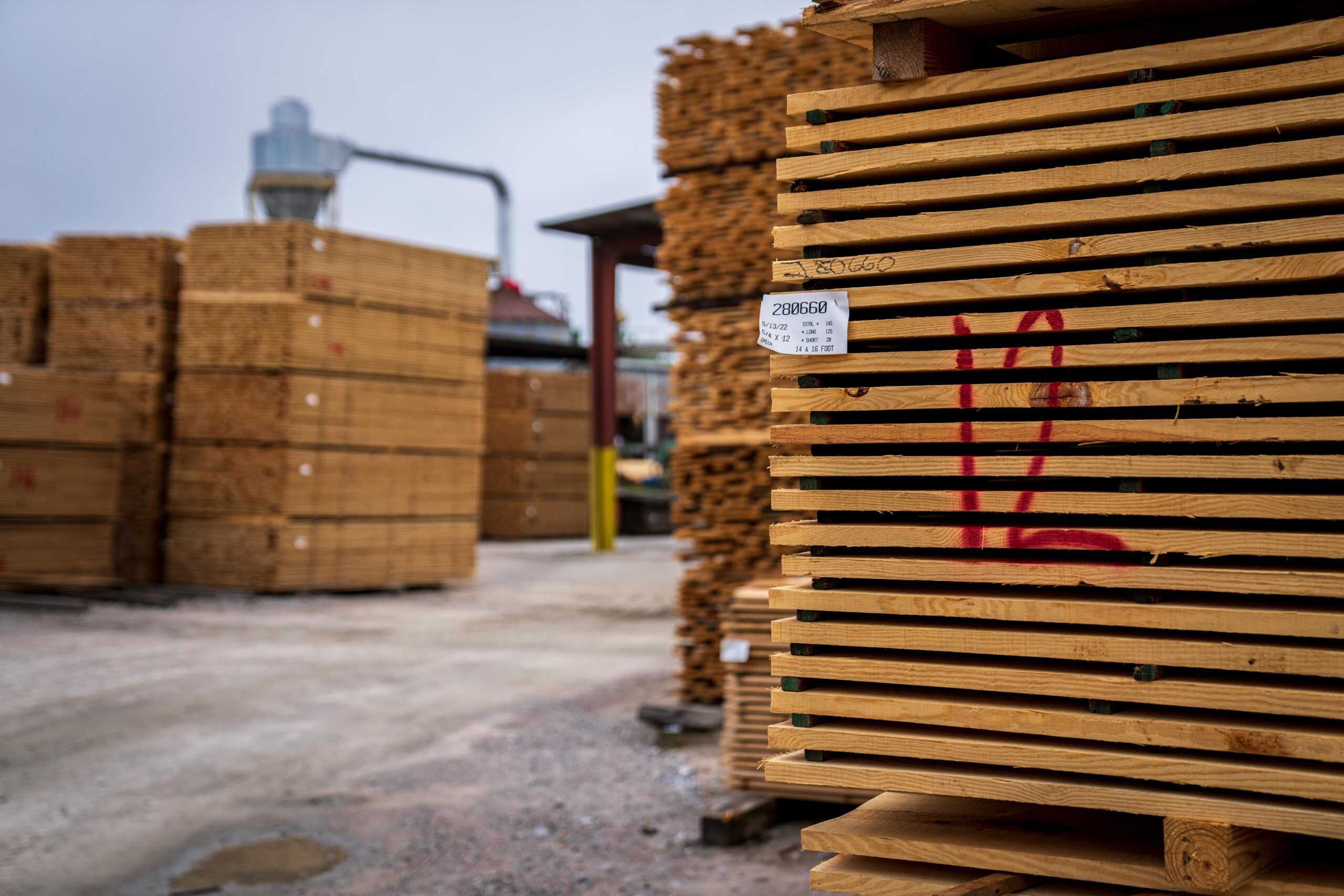Tolko Industries willThe Soda Creek plant in Williams Lake, British Columbia, will begin on Monday, September 30.A 30-day production suspension was implemented.The news was reported by the Williams Lake Tribune, and confirmed by Chris Downey, communications consultant at Tolco.
Analysis of the reasons for suspension of production
- Environmental challenges in the wood market: The sluggish timber market puts downward pressure on demand.
- US tariff increases: Rising tariffs have led to more intense competition in the North American market, and Canadian lumber exports are facing higher costs.
- Shortage of economical wood: The reduction in economical raw materials available in British Columbia has increased production costs for companies.
Downey said that even if the sawmill is shut down, Soda Creek's wood chip production line will beContinue to run for about two weeks“This shutdown is not an ideal situation,” he added. “We understand the impact on approximately50 employeesWe had always hoped to have the plant fully operational, but this decision was made for the sustainability of the business and had nothing to do with the performance of our employees.”
This suspension is followed byAnother Tolco factory in ArmstrongThis follows a two-week shutdown from September 16 to October 1.
LumberFlow Expert interpretation
- Impact on the North American lumber market:The closure of Soda Creek will reduce the short-term supply of timber in British Columbia, exacerbating the tight supply in the North American market. This change may push up timber prices, especially as demand for Canadian timber in the US market grows. As US tariffs increase, local companies will be more inclined to occupy Canada's high-quality supply.
- Impact on China's timber imports: With Tolco cutting production and U.S. demand increasing, Chinese buyers will face more intense competition, which could lead to higher import prices. Supply chain uncertainty will also prompt Chinese companies to look for alternative suppliers or speed up negotiations to cope with possible future supply bottlenecks.





